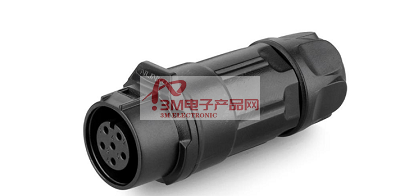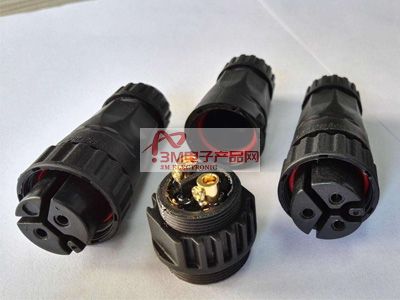Categorization:Product Information
When customizing a sealed connector, the designer is required to consider cost, overall design performance, and the disadvantages of exposure to various operating environments. Basic considerations for customized sealed connectors: 1. What are the environmental operating requirements for the sealed connector? Because temperature, pressure, vibration, or a combination of these conditions can affect the connector's performance and service life.2. Does the sealed connector rely on maintaining a constant internal pressure to transmit signals to ensure the safety of commercial airplanes?3. Does the sealed connector need to operate in harsh environments where the connector acts as a mechanical barrier to a combination of gases, liquids, or particles?4. What is the expected sealed connector What is the expected service life of the sealed connector? Is future expandability a factor?5. What are the new material options for sealed connectors that can withstand the environment?

Considerations in the production of customized sealed connectors: 1. Note how customized sealed connectors should be assembled and tested for these specific application environments. 2. Note which production lead time, design phase, and performance considerations are key points for sealed connectors. When considering custom sealed connectors, custom connector suppliers can work closely with your design team to modify familiar solutions or design new ones to meet the specific needs of the new design. Wear and tear parameters must be considered during the connector design process, as wear and tear directly affects the overall life of the connector, and rigorous testing must be performed to ensure that the connector meets the required specifications. Wear and tear is an indirect factor in the degradation of connector performance. If wear on the contact surfaces of a connector exposes the underlying metal, it will directly introduce an additional source of corrosion at the contact interface, affecting the contact normal force of the connector. Loss of contact normal force is an indirect connector degradation mechanism because it increases the likelihood of contact interface wear over the life of the connector. However, micromotion can lead to micromotion corrosion in tinned connectors and micromotion wear in valuable finished products. In both cases, the loss of contact normal force will result in an increased susceptibility to microvibration wear, leading to corrosion-related degradation and an associated increase in contact resistance. In simple terms, the contact normal force of a connector is generated by the deflection of the contact beam of the socket when the plug contacts are inserted into the socket, as the connector generates contact forces during the mating process. However, due to incorrect alignment of the connectors during the mating process, overstressing of the contact beams may occur during mating of the connectors. Although many connectors have an overstress resistance feature, such as an alignment feature or beam blocking, to minimize the possibility of reduced contact force due to deformation. However, in the case of a two-beam contact system, if the connectors are not properly mated, an increase in the gap between the two beams will evidence this deformation. Especially when the connectors are reinserted, this overstressed beam will reduce the contact force.

2, on the 3M electronic products network platform related to the introduction and sales of products brief: 3M electronic products network - professional agent / production / sales of a variety of {connectors | wiring harness | wire and cable products }; if you have a related [connectors | wiring harness | wire and cable products] purchasing / sourcing needs or would like to buy / to understand which connectors | wiring harness | wire and cable products we can provide solutions, please contact the Division I business personnel below; If you have related [connectors | harness | wire and cable products] sales / resources and promotion needs, please click on the ¡¡ Business Cooperation ← ¡" to discuss with a person!